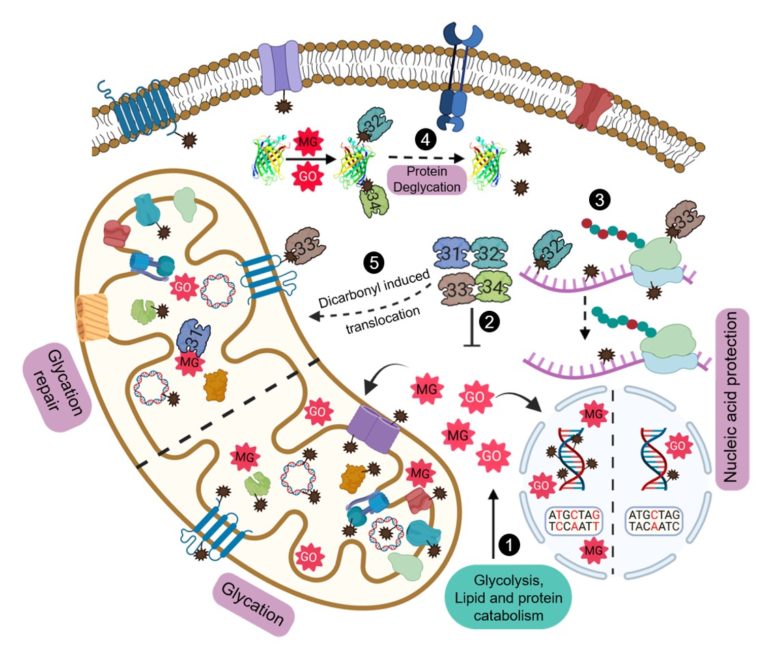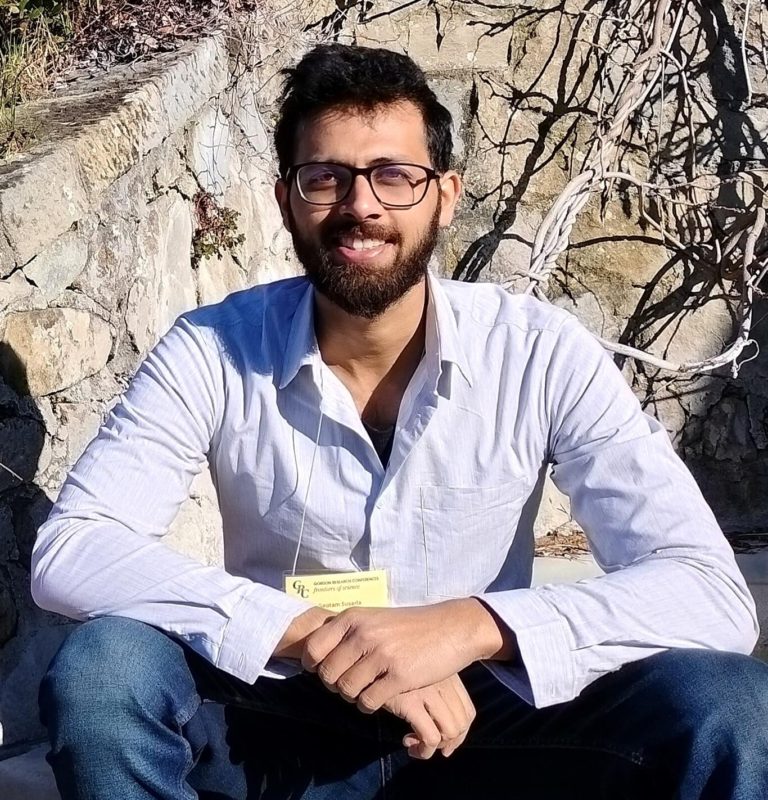Mitochondrial glycation, a critical factor for Parkinson’s disease progression
Work done in the lab of Prof. Patrick D’Silva at the Indian Institute of Science.
Gautam Susarla is an Integrated PhD student in Prof. Patrick D’Silva’s lab at the Indian Institute of Science. He is from Hyderabad and did his bachelor’s in sciences from Osmania University. In 2016, he joined the Indian Institute of Science as an integrated PhD student and started PhD work in 2018 under the guidance of Prof. Patrick D’Silva. His current research is on DJ-1 family proteins and their physiological significance in mitochondrial and cellular integrity.
Author Interview
How would you explain your research outcomes to the non-scientific community?
The knowledge of the molecular mechanism and the cause of Parkinson’s disease (PD) is still limited, despite large scientific consortia and substantial literature. Familial cases of PD are profound, with multiple genes involved, among which DJ-1/PARK7 is most investigated. DJ-1 possesses diverse functions like keeping in-check cellular and mitochondrial health. Therefore, its loss contributes to mitochondrial dysfunction, a hallmark of multiple neurodegenerative diseases, including PD.
In the current study conducted by our team (Gautam Susarla, Priyanka Kataria, Amrita, and Prof. Patrick D’Silva), we discovered a crucial link between DJ-1 and metabolic toxicity and its effects on mitochondrial health. Methylglyoxal (MG) and Glyoxal (GO) are toxic byproducts generated during metabolism. These compounds are highly reactive and glycate DNA, RNA, and proteins, resulting in various damaging effects and functional loss. The budding yeast (Saccharomyces cerevisiae) is an excellent model system for investigating complex neurodegenerative diseases due to the ease of genetic manipulation. Our report on yeast DJ-1 members uncovers a repair pathway to counter the glycation toxicity and revert damaged macromolecules for the first time. This anti-glycation pathway significantly reduces the genetic mutation frequency and improves RNA translation efficiency.
Our microscopic analysis reveals that yeast DJ-1 members translocate into mitochondria during MG and GO stress to provide robust mitochondrial protection by attenuating DNA mutations and glycation of macromolecules. This enables cells to preserve functional mitochondria with sustained ATP levels during stress. Together, our studies in yeast provide a possible molecular mechanism of human DJ-1-mediated neuroprotection during glycation toxicity.

“Our studies in yeast provide a possible molecular mechanism of human DJ-1-mediated neuroprotection during glycation toxicity.”
How do these findings contribute to your research area?
Not much is known about how DJ-1 preserves mitochondrial functions and regulates glycation stress. Through our findings, we propose that DJ-1 is a critical neuroprotectant that governs levels of MG and GO and repairs damaged DNA and proteins. Importantly, DJ-1 could redistribute into mitochondria to revert macromolecular glycation, preserve mitochondrial DNA quality, and support ATP levels to improve global cellular health and viability. These observations could be further studied to understand the molecular partners of DJ-1 in mitochondria.
What was the exciting moment during your research?
Some exciting moments include the translocation of yeast DJ-1 members into mitochondria under stress, although they do not possess localization sequences. Interestingly, we also observed the substrate specificity of these members to either MG or GO. The affected RNA translation in the absence of yeast DJ-1 members was also an exciting observation for us.
What do you hope to do next?
Next, I would like to thoroughly characterize the implications of DJ-1 in various cytotoxic conditions that prevail in biological systems.
Where do you seek scientific inspiration from?
I am inspired by nature and its creation. Importantly, science is the key to simplifying and addressing complex challenges.
How do you intend to help Indian science improve?
Through my research, I would like to make an impact and breakthrough in the field using collaborative research to promote and coalesce the ideas of various Indian science institutes.
Reference:
Gautam Susarla, Priyanka Kataria, Amrita Kundu, Patrick D’Silva (2023). Saccharomyces cerevisiae DJ-1 paralogs maintain genome integrity through glycation repair of nucleic acids and proteins. eLife 12:e88875. https://doi.org/10.7554/eLife.88875
Edited by: Ritvi Shah
Biopatrika: Bringing Science to Society
© Biopatrika 2023 All Rights Reserved.

